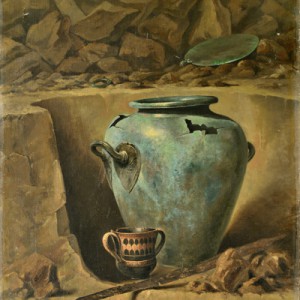
Sépulture de la Motte Saint-Valentin (A Grave at la Motte Saint-Valentin)
Charles Royer (1848–1920)
Langres, late 19th century
Oil on canvas
On loan from the Musée d’Orsay

Charles Royer (1848–1920)
Langres, late 19th century
Oil on canvas
On loan from the Musée d’Orsay
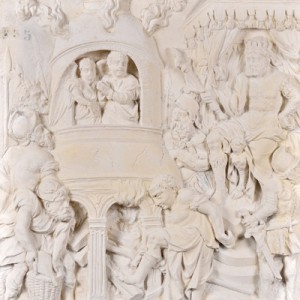
Anonymous
Langres, Cathedral, c. 1565
Limestone
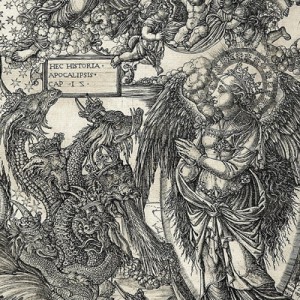
Jean Duvet (c. 1485–c. 1560)
Langres, c. 1546–1555
Burin engraving
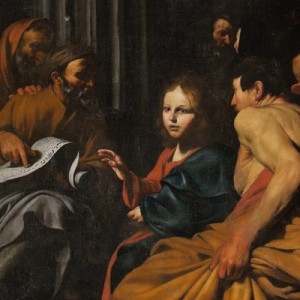
Jusepe de Ribera (1591–1652)
Rome, 1612–1613
Oil on canvas
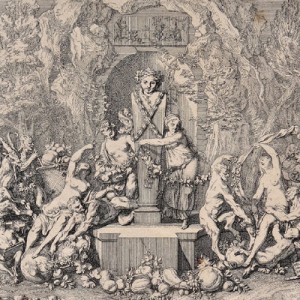
Claude Gillot (1673–1722)
Langres, circa 1700
Etching and burin
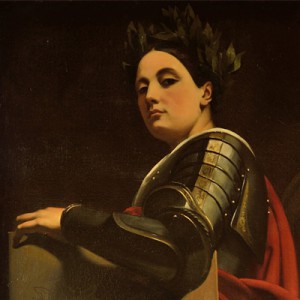
Jules-Claude Ziegler (1804–1856)
Paris, 1839
Oil on canvas
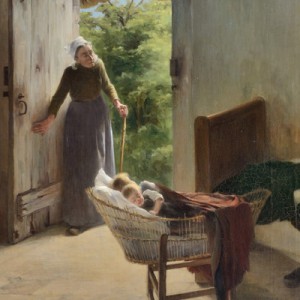
Joseph-Paul Alizard (1867–1948)
Langres or Paris, 1900
Oil on canvas
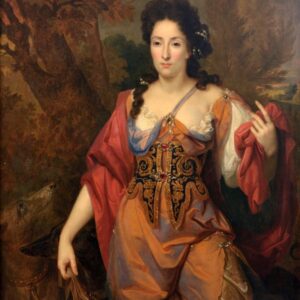
Nicolas de Largillière (1656–1746)
Circa 1685
Oil on canvas
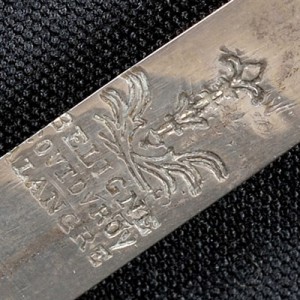
Béligné
Langres,18th century.
Steel, silver, mother of pearl
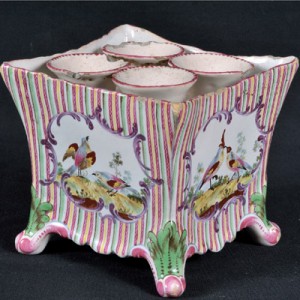
Aprey, 18th century
Faience
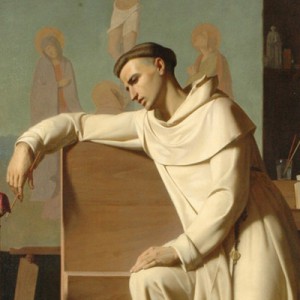
Michel Dumas (1812–1885)
Lyon, 1844
Oil on canvas
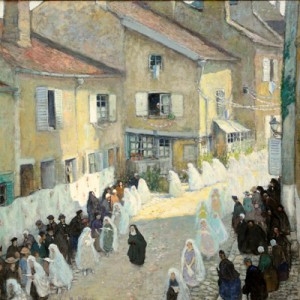
Jules-René Hervé (1887–1981)
Paris, 1925
Oil on canvas
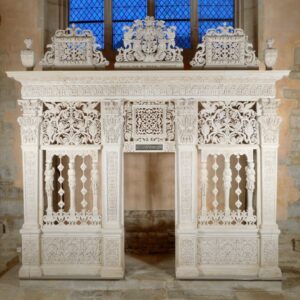
Anonymous
Langres, Saint-Mammès Cathedral?, circa 1565–1570
Limestone (from Asnières-Lès-Dijon)
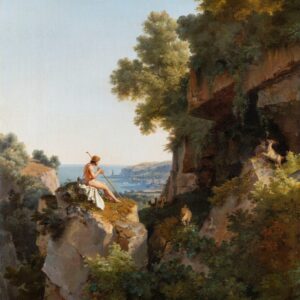
Lancelot Théodore TURPIN DE CRISSÉ (1782–1859)
Paris ?, 1827
Oil on canvas
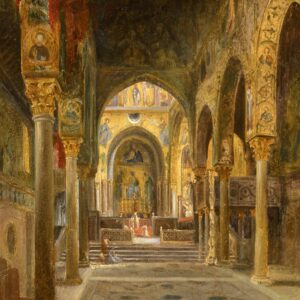
Joseph Philibert GIRAULT DE PRANGEY (1804–1892)
1835 or 1839
Oil on paper mounted on canvas
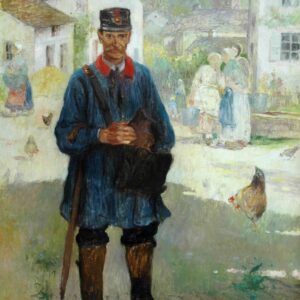
Jules ADLER (1865–1952)
1902
Oil on canvas
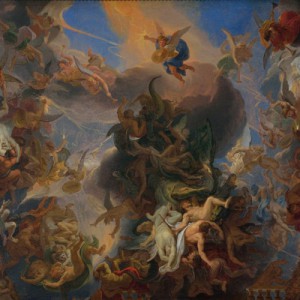
Charles Le Brun (1619–1690)
Oil on canvas
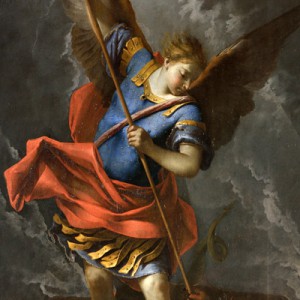
Jean Tassel (1608–1667)
Oil on wood
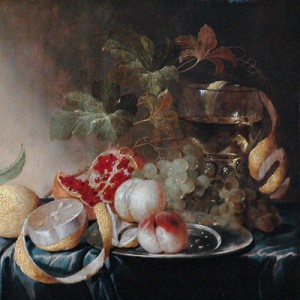
Cornelis de Heem (1631–1695)
Oil on wood
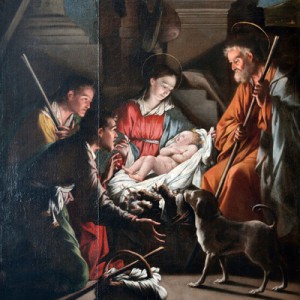
Jean Leclerc (1587–1633)
Nancy, circa 1600
Oil on canvas
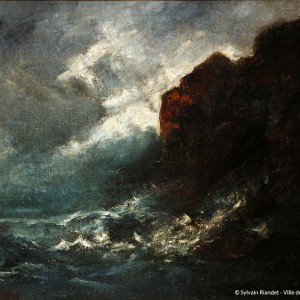
Workshop of Gustave Courbet (1819-1877)
Oil on canvas